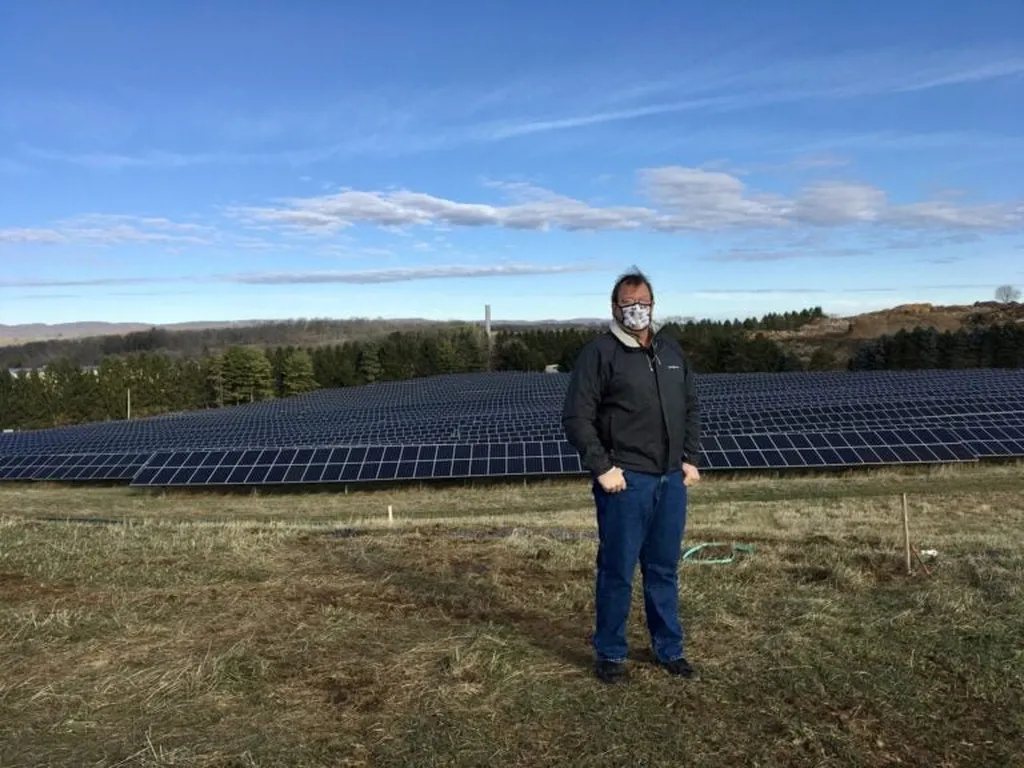In the heart of Pamulang University, a significant stride is being made in the realm of solar energy infrastructure. Yusron Dwi Darmawan, an electrical engineer from the Faculty of Engineering at Pamulang University, has spearheaded a study that could redefine the standards for grounding systems in solar power plants. The research, published in the English-language journal *Protek: Journal of Electrical Engineering*, focuses on the design and implementation of a grounding system for a 100 kWp on-grid solar power plant, addressing critical safety and operational concerns.
The grounding system is a critical component in solar power installations, acting as a safeguard against external disturbances such as overcurrent and overvoltage due to lightning strikes. “Considering that solar modules are installed in open areas and at certain heights, the grounding system is crucial to protect equipment and personnel,” Darmawan explains. This is particularly relevant in the context of Pamulang University, where the solar modules are exposed to the elements.
Darmawan’s study employs the Early Streamer Emission (ESE) method, adhering to the NFC 17-102 standard, and utilizes the rolling sphere calculation method based on IEC 62305-3. The calculations reveal that the lightning rod protection radius in building B is 117.79 meters, with a lightning rod height of 6 meters. The initial grounding resistance value obtained from a single vertical electrode 3 meters deep was 11.6 Ω. To meet the PUIL 2011 standard, which requires a resistance value below 5 Ω, equipotential bonding between floors and between electrodes is necessary.
The implications of this research extend beyond the confines of Pamulang University. As the energy sector increasingly turns to renewable sources, the need for robust and reliable grounding systems becomes paramount. Darmawan’s work provides a blueprint for future solar power plant installations, ensuring safety and efficiency in the face of natural disturbances.
“This research is expected to be a reference in designing lightning protection and grounding systems for solar power installations in the Pamulang University environment and beyond,” Darmawan states. The study not only addresses immediate safety concerns but also paves the way for more resilient and efficient solar energy infrastructure.
As the energy sector continues to evolve, research like Darmawan’s will be instrumental in shaping the future of renewable energy. By providing a comprehensive framework for grounding systems, this study offers valuable insights for engineers, researchers, and policymakers alike. The journey towards a sustainable energy future is fraught with challenges, but with groundbreaking research like this, the path becomes clearer and more secure.

